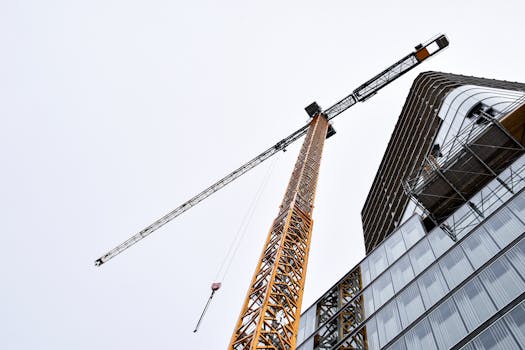Mapping the Fiber Landscape: Key Players and Projects Across Africa

Mapping the Fiber Landscape: Key Players and Projects Across Africa
Mapping the Fiber Landscape: Key Players and Projects Across Africa is crucial in understanding the rapid growth of fiber optic infrastructure on the continent. The demand for high-speed internet and reliable connectivity is driving this expansion, with numerous players and projects contributing to the development of Africa’s fiber landscape.
The African continent is home to a diverse range of countries, each with its unique set of challenges and opportunities when it comes to fiber optic infrastructure development. Despite these challenges, the continent has seen significant investments in fiber optic cables, with many countries experiencing a surge in connectivity and internet penetration.
Key Players in Africa’s Fiber Landscape
Several key players are driving the growth of Africa’s fiber landscape, including governments, telecommunications companies, and infrastructure developers. These players are working together to develop and implement fiber optic infrastructure projects across the continent.
One of the major players in Africa’s fiber landscape is Liquid Telecom, a leading pan-African telecommunications company. Liquid Telecom has invested heavily in fiber optic infrastructure, with a network spanning over 70,000 kilometers across 13 countries in Eastern, Central, and Southern Africa.
Another key player is MTN, a leading telecommunications company with operations in 21 countries across Africa and the Middle East. MTN has made significant investments in fiber optic infrastructure, with a focus on expanding its network to underserved areas and improving connectivity for its customers.
Major Fiber Optic Projects in Africa
Several major fiber optic projects are currently underway in Africa, with the potential to significantly improve connectivity and internet penetration across the continent. One of the most notable projects is the Africa Coast to Europe (ACE) submarine cable, which spans over 17,000 kilometers and connects 25 countries in Africa and Europe.
Another significant project is the East Africa Submarine Cable System (EASSy), which connects nine countries in Eastern and Southern Africa. The EASSy cable has a capacity of 10 Terabits per second and has significantly improved connectivity and internet penetration in the region.
The African Continental Backbone (ACB) project is also noteworthy, as it aims to develop a comprehensive fiber optic network that spans the entire continent. The ACB project is being developed by the African Union, in partnership with the African Development Bank and other stakeholders.
Challenges and Opportunities in Africa’s Fiber Landscape
Despite the significant progress made in developing Africa’s fiber landscape, there are still several challenges that need to be addressed. One of the major challenges is the lack of infrastructure in rural and underserved areas, which can make it difficult to expand fiber optic networks.
Another challenge is the high cost of deploying fiber optic infrastructure, particularly in areas with difficult terrain or limited access to resources. However, there are also several opportunities for growth and development in Africa’s fiber landscape, including the increasing demand for high-speed internet and reliable connectivity.
The growth of Africa’s fiber landscape is also being driven by the increasing adoption of digital technologies, such as cloud computing, e-commerce, and online education. As more businesses and individuals move online, the demand for high-speed internet and reliable connectivity will continue to grow, driving investment in fiber optic infrastructure.
Conclusion
In conclusion, Mapping the Fiber Landscape: Key Players and Projects Across Africa is essential in understanding the rapid growth of fiber optic infrastructure on the continent. The key players and projects driving this growth are working together to develop and implement fiber optic infrastructure projects, despite the challenges and opportunities that exist.
As the demand for high-speed internet and reliable connectivity continues to grow, the importance of fiber optic infrastructure will only continue to increase. The development of Africa’s fiber landscape is a critical component of the continent’s digital transformation, and it will be exciting to see how this growth unfolds in the coming years.




